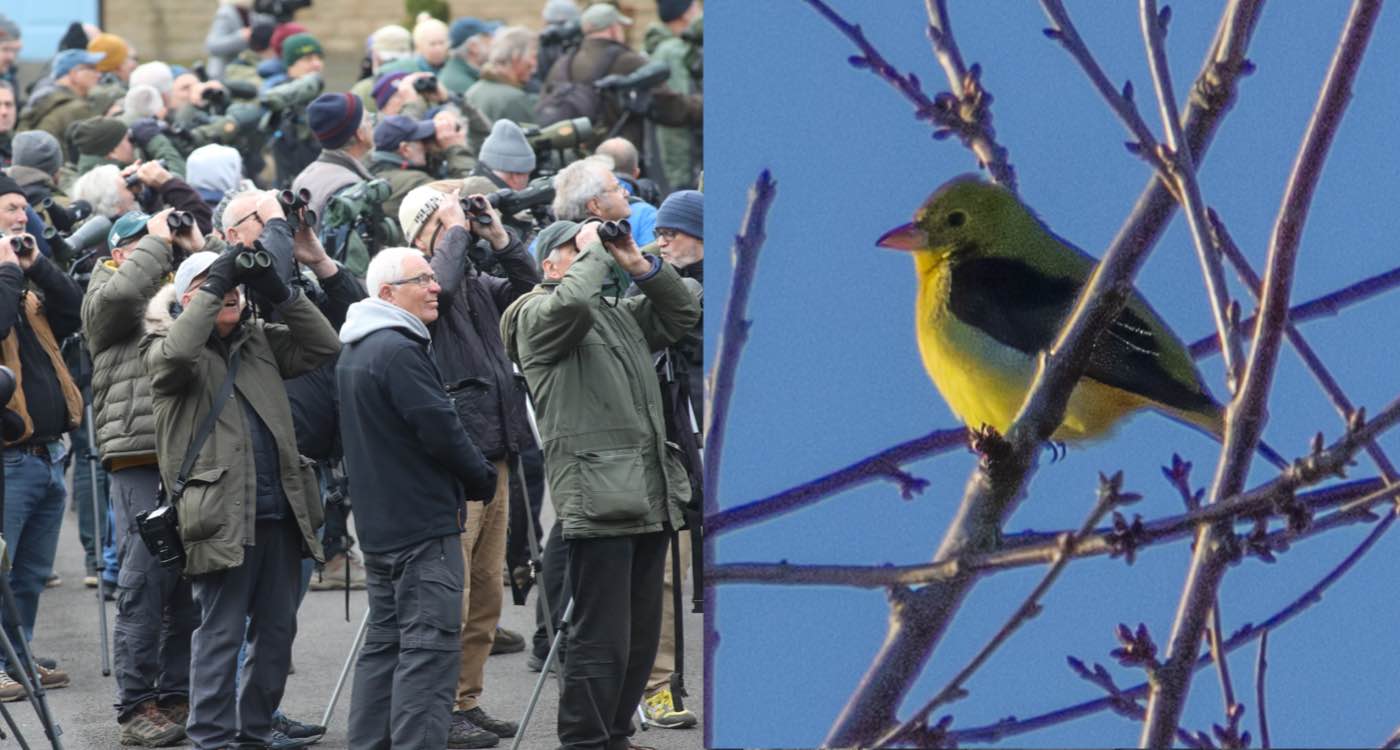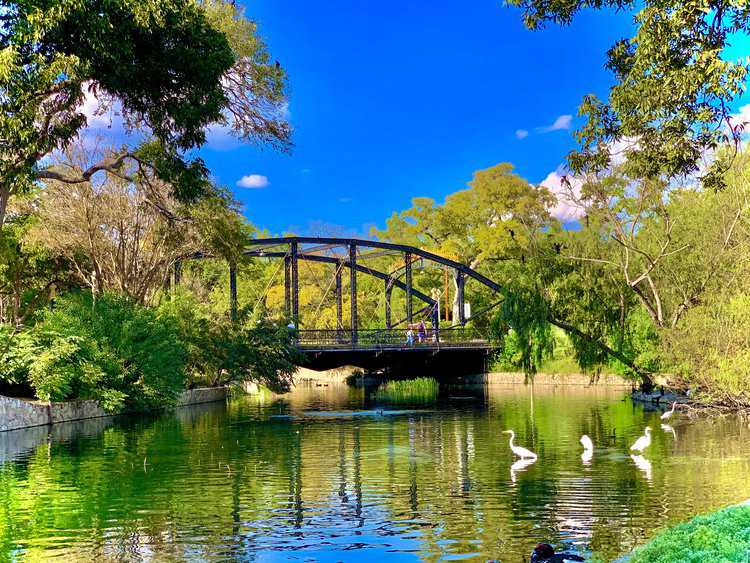Bird photography is my passion and has been for many years now. There is nothing like finding a bird you’ve wanted and then capturing an image of it, the way you had dreamed. Creating beautiful bird pictures can be very rewarding. However, sometimes we want even more by pushing the envelope a bit and creating something unusual.

Once you learn the basic rules for creating a successful bird image, it’s natural to try to get off the beaten path. I like to create an image that follows the rules and defies them at the same time. My personal challenge is to be creative in a manner that still appeals to the majority of the viewers. I have a few images that I would like to share with you, as well as my thought process that led to them.

I had used the color wash technique with flowers, and this was my first try with birds. Color wash refers to placing a solid object between you and your subject, in a way that only the color of the out of focus object remains, partially covering your subject, but showing the latter as if it was covered with a veil.

The egret image above was captured from the ground, using a beach rock as my veil. I used f/8, 1/400 and ISO 500. The image below shows me making the composition with the rock. Minimal processing was applied, with no contrast added to keep the veiled effect.
Again, using the vegetation very close to the camera can provide for a very painterly look, almost diffusing the entire subject. This look does not need a lot of contrast, basically just darkening the pupil slightly, if you must. Image captured at the St. Augustine Alligator Farm.
High Key
Working against the light can be handled two ways: 1-Exposing for ambient and using flash to put detail in the subject that is in the shade in relation to the sun, or 2-The high key approach, exposing for the subject. This technique blows the background to white, creating a very sophisticated look. High key may be an acquired taste, not preferred by everyone. This image is cropped from a horizontal 21 megapixel file, again with minimum processing.
Another way to work against the light is to go for a silhouette. When the sun is getting low on the horizon, you place the subject in the light trail, using a very small aperture, like f/22, that will create a starburst in some lenses. I worked in Aperture value, experimenting with different compensation. The one I liked the best, this one, was + 0.3 EV. I though the bleeding of the stars into the silhouette was interesting. I applied minimal processing, and I was able to frame in camera, with no need to crop.

Chaotic Blurs
Whenever there is a feeding frenzy, natural or provoked, using Shutter priority can lead to a dynamic image. This was captured at 1/40 of a second and processed creatively, eliminating a couple of distracting elements on the right margin and using some Nik color filters to substitute for the poor available light.
That Out-Of-Focus Moon
Our eyes are able to focus on our subject and the moon at the same time. Unfortunately, depth of field is not as perfect in our modern lenses. In a case like this, if I wanted to duplicate what my eyes saw, capturing two images with different focal points and merging them into one image would be my approach. Placing the subject in the upper corner and looking out of the picture will give the main role to the Moon, my subject of choice in this image.

Flash as main light.
Well, almost. Technically, our background should be all black, but after sunset, we can create very dramatic flight effects with the help of flash, keeping in mind that when it’s darker, a bit of flash goes a long way. The exposure of your subject comes all from the flash; ambient has nothing to do with it. You expose the ambient for the sky, flash for the subject. Setting the flash for ETTL should help you obtain the right amount of flash.

Finally,capturing and exposing for the rim light can lead to an attractive picture. This time, the subject would be almost a silhouette, with the rim providing the tracing of the bird’s shape. In this case, the backlit bill provides interest.
It’s fun to get off the beaten path. I find that unusual approaches energize me. They force me to get out of the unconscious rut of continually reusing the same methods for making my images. I hope this article motivates you to try something a little bit unconventional, even if it is just for fun. Hopefully it will help you open your mind to new possibilities and contribute to your growth as a photographer.
For more from Fabiola Forns, visit
Avianscapes.com,
or the Blog at
http://casaforns.wordpress.com
Fabiola Forns
Fabiola Forns is artistically inclined and after dabbling in creative writing, music and oil painting, has found her true call in wildlife photography. An extensive traveler, she has lived in Europe, New York and Puerto Rico, finally making Miami her permanent home. Fabiola holds a degree in Human Resources from St. Thomas University in Miami, and is also Adjunct Faculty at Miami-Dade College, as photography instructor. She tries to merge visual arts with realistic photographs and her style fluctuates between serene landscapes and bold abstracts.









Leave a Reply